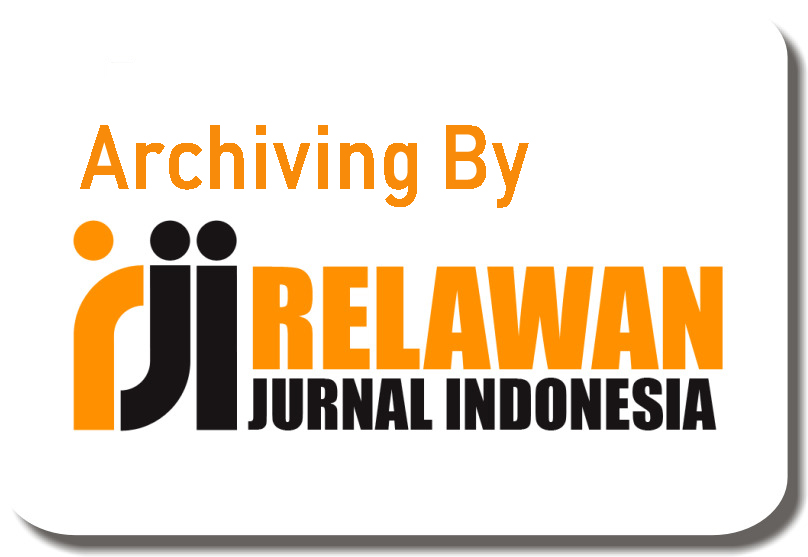Torompio Dance, 1943-2000: Identity, Adaptation, and Cultural Heritage in Poso
Abstract
This research was carried out in Bo'e village, South Pamona District, Poso Regency by discussing 3 things, namely: First: The role of Torompio dance as a reinforcement of the cultural identity of the Poso community. Second: A form of adaptation of the Torompio dance that occurred in the period 1943-2000. Third, Torompio dance cultural heritage in Poso Regency. This study aims to examine the Torompio Dance as a form of identity, a form of adaptation, and a means of cultural inheritance of the Poso people in the period 1943–2000. The Torompio Dance is one of the traditional dances of the Pamona Tribe in Central Sulawesi that has strong symbolic and social value, especially in the context of traditional events, harvest thanksgiving, and welcoming guests. This research uses historical methods with the stages of Heuristic, Source Criticism, Interpretation, and Historiography. Data was obtained through literature studies, observations, interviews, and documentation in Bo'e Village, South Pamona District, Poso Regency. The results of the study show that the Torompio Dance functions as a reinforcement of the cultural identity of the Poso people through the symbolization of movements that represent the meeting between men and women. This dance has also undergone adaptations in terms of music, fashion, and various forms of performance in response to globalization. The process of inheriting the Torompio Dance takes place through two main paths: socialization in the family and community environment, as well as enculturation through training in the studio and participation in traditional events representing the sustainability/survival of Torompio dance in the present and future as a reinforcement of Identity, Adaptation and Cultural Heritage.
Keywords
Full Text:
PDFReferences
Annafi’ Nurul ‘Ilmi Azizah, et al. 2024. “Pengembangan seni tari.” 53–54.
Asmarani, Ratih. 2020. Pengetahuan Praktis tentang Seni Tari Bagi Guru SD/MI.
Belinda Dewi Regina. 2023. Kajian seni budaya sekolah dasar.
Elvandari, Efita. 2020. “Sistem Pewarisan Sebagai Upaya Pelestarian Seni Tradisi.”GETER : Jurnal Seni Drama, Tari dan Musik 3(1):93–104.
Enti Agestia, Desy Safitri, dan Sujarwo Sujarwo. 2024. “Adaptasi Mahasiswa Dalam Mengatasi Culture Shock Dalam Perkuliahan.” risoma : Jurnal Riset Sosial Humaniora dan Pendidikan 2(4):253–64.
Herimanto, dan Winarno. 2012. Ilmu Sosial & Budaya Dasar. Jakarta: Bumi Aksara.
Karoso, Subianto. 2021. “Peranan Akomodasi Wisata dalam Pementasan Tugas Akhir Seni Tari di SMK Negeri 12 Surabaya.” Jurnal Indonesia Sosial Sains 2(12):2158–65. doi: 10.36418/jiss.v2i12.486.
Koentjaraningrat. 2010. Sejarah Teori Antropologi II. jakarta: universitas Indonesia.
Nuraedah, N. 2014. “Transformasi Masyarakat Kaili Di Kelurahan Tondo.” Jurnal Kreatif Tadulako 17(1):123201.
Putri, Metha Liantika Eka, Tati Narawati, dan Agus Budiman. 2021. “Fungsi Tari Malam Tabur Di Sanggar Kemuning Belinyu.” Ringkang 1(1):17–26.
Reni Aliyanti1, Evi Selva Nirwana2, Sinta Agusmiati3. 2020. “Jurnal pendidikan tematik.” 5(1):1–12.
Soekanto. 1985. Meninjau Hukum Adat Indonesia Suatu Pengantar Untuk Mempelajari Hukum Adat. Jakarta: CV. Rajawali.
Sukmana, Wulan Juliani. 2021. “Metode Penelitian Sejarah: dari Riset hingga Penulisan.” Magnum Pustaka Utama 1(2):1–18.
Ulfa. 2021. “34 jenis tari tradisional.”
DOI: https://doi.org/10.31004/jele.v10i6.1674
Refbacks
- There are currently no refbacks.
Copyright (c) 2025 Varischa Anugra Nesika,Windayanti, Mutawakkil, Nuraedah

This work is licensed under a Creative Commons Attribution-ShareAlike 4.0 International License.



